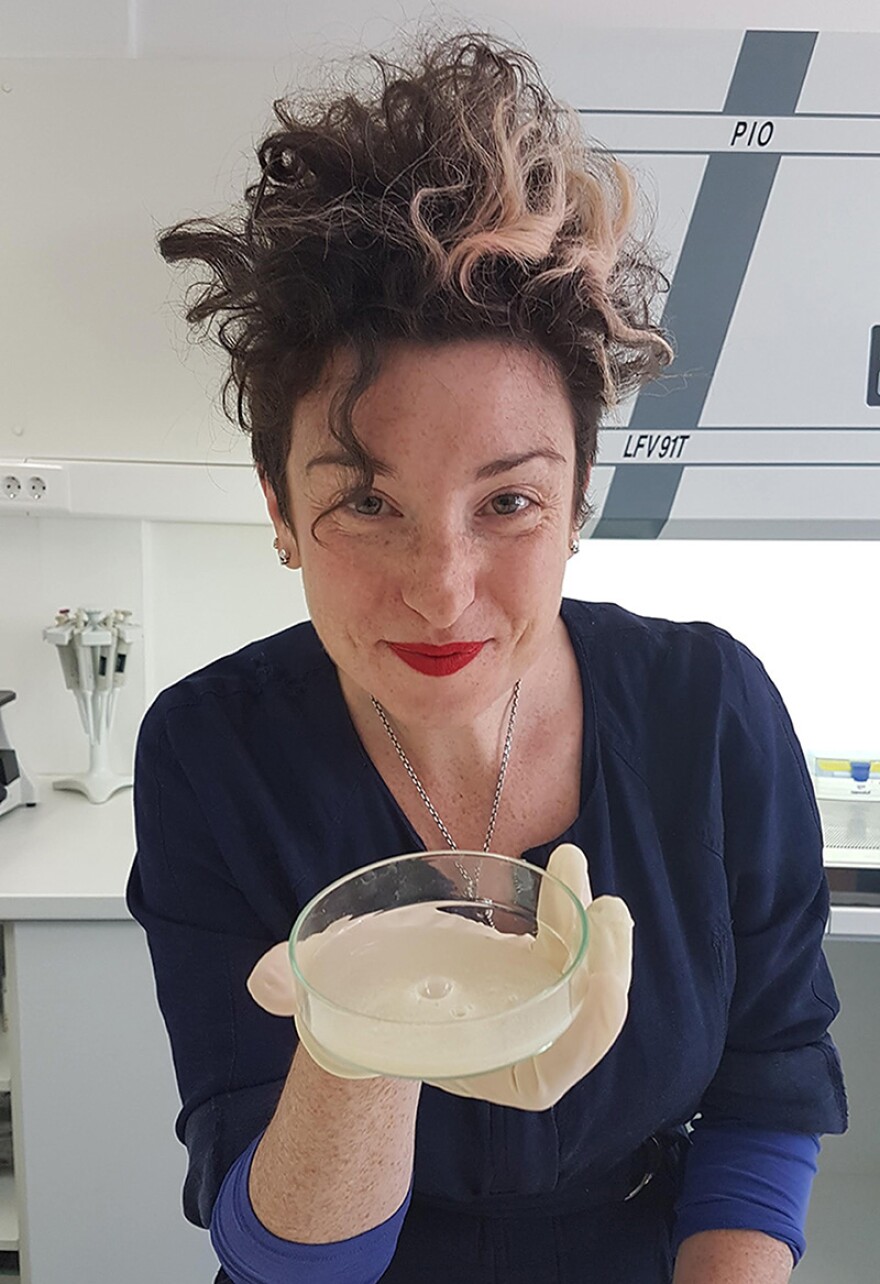Semen is a potent substance, both literally and symbolically. It was described by Chinese proverb as “equal to ten drops of blood”; by Sumerians as “a divine substance,” given to humanity by the god of water; and by Aristotle as “the most perfect component of our food.”
The internet is filled with less-than-mystical portrayals of semen being used to exert power, typically as a tool for men to dominate women. Charlotte Jarvis wants to steal that weapon away from the patriarchy and avail it to the masses.
Gender is pretty much the first way that we define somebody. It's the first thing you ask about a baby: Is it a boy or is it a girl? And I think, increasingly, that definition is being tested.

She is attempting to engineer female semen as part of a long-term collaboration with research scientist Susana Chuva de Sousa Lopes at the Leiden University Medical Center in the Netherlands and the Kapelica Gallery in Slovenia. As Chuva de Sousa Lopes massages Jarvis’ stem cells into functioning spermatozoa, Jarvis addresses the totemic qualities of semen through a revival of the Thesmophoria, a no-men-allowed ancient Greek festival.
Host Anita Rao discusses the ethics of disrupting gender with Jarvis, an artist and lecturer at the Royal College of Art and Goldsmiths, University of London.
Every time in our project where we fail, every time where there is a barrier, you have just learned one of the things that you need to make sperm in the wild.
Artifacts from the project “In Posse” are on display until Sunday, March 15 at the Gregg Museum of Art & Design at North Carolina State University in Raleigh as part of the exhibit “Art’s Work in The Age of Biotechnology: Shaping Our Genetic Futures.”


